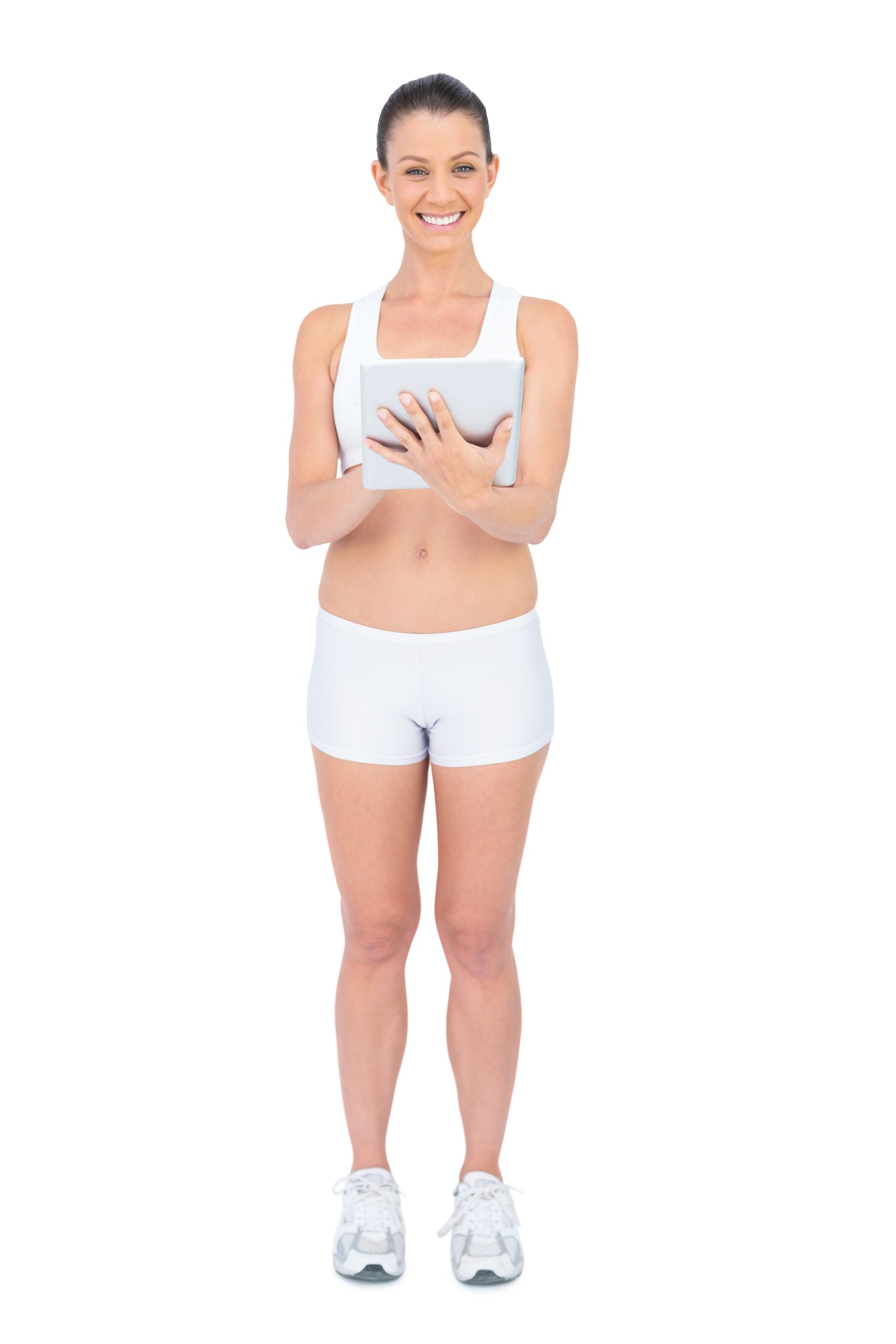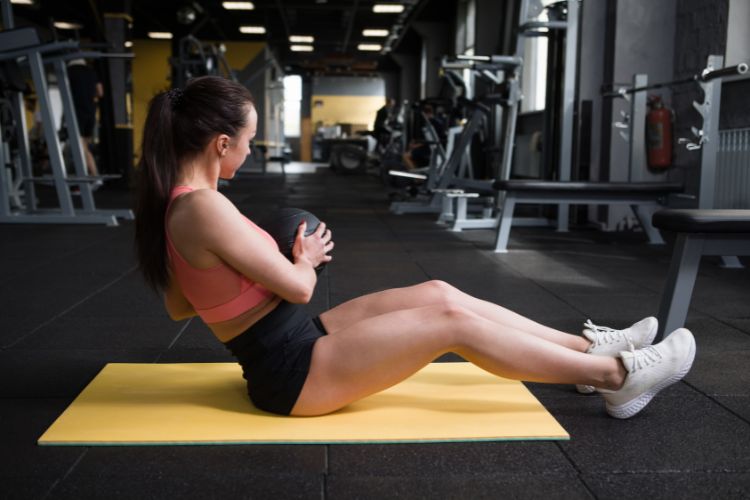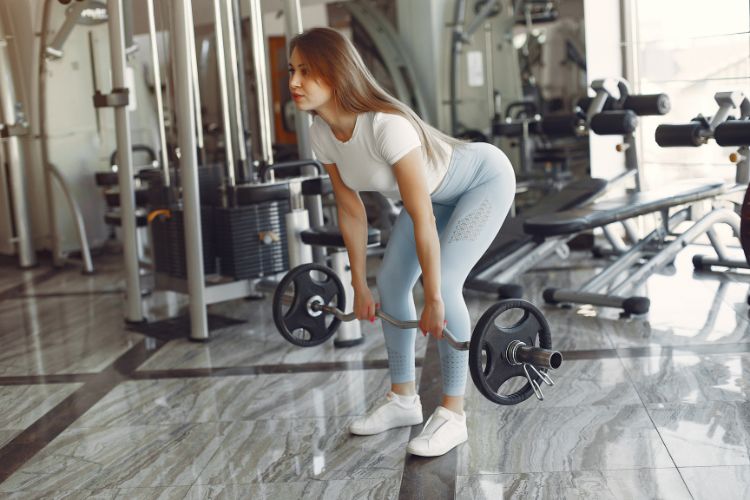Sign up for workout ideas, training advice, reviews of the latest gear and more.






Muscle pain can strike anyone, whether you’re an active gym enthusiast, a busy mom lifting her toddler, or someone battling the aches of daily life. While there are many treatments available for muscle pain, one of the most common dilemmas women face is whether to use heat or cold therapy. Both have their benefits, but knowing when and how to use each can maximize their effectiveness.
When our muscles are injured or strained, blood vessels in the affected area can become damaged. Our bodies respond by sending more blood to the injured area, which can cause swelling and pain.
Cold therapy, or cryotherapy, reduces blood flow to the injured area. This can decrease swelling, numb the area, and reduce pain. Cold can also slow down nerve activity, further decreasing pain.
Heat therapy, or thermotherapy, increases blood flow to the area. This can help deliver nutrients needed for healing and relax and soothe muscles. Heat can also decrease pain by reducing muscle spasms and increasing your pain threshold.
Recent Injuries: For acute injuries, those that happened within the last 48 hours, cold is typically the best choice. This includes sprains, strains, and other injuries that might cause swelling.
After Physical Activity: If you’re prone to certain pain or swelling after specific activities (like running or intense workouts), applying cold can help reduce inflammation.
Chronic Conditions: While it might seem counterintuitive, some women with chronic pain conditions, like certain types of arthritis, may benefit from cold therapy after activities that aggravate their pain.
Before Physical Activity: If you have stiff or tense muscles, applying heat before you engage in activities can increase flexibility and reduce the risk of injuries.
Muscle Pain: For non-inflammatory muscle pain and stiffness, heat can provide relief. This includes situations like muscle tightness from sitting too long or tension headaches.
Chronic Conditions: Conditions like chronic muscle pain or certain types of arthritis can benefit from heat therapy, especially during flare-ups. It helps in relaxing and loosening tissues and stimulating blood flow to the area.
Cold Therapy: Use a commercial cold pack or a bag of frozen peas wrapped in a thin towel. Apply to the affected area for 15-20 minutes. Always ensure there’s a barrier, like a cloth or towel, between the cold source and your skin to prevent frostbite.
Heat Therapy: Use a warm towel, hot water bottle, or a commercial heat pack. Ensure it’s warm, not hot, to avoid burns. Again, apply for about 15-20 minutes.
Menstrual Cramps: Many women experience relief from menstrual cramps using a warm compress or heating pad on the lower abdomen. The heat helps to relax the contracting muscles in your uterus.
Pregnancy-Related Pain: Always consult with a healthcare provider before applying any therapy. Depending on the nature and location of the pain, either heat or cold may be recommended.
Postpartum: After childbirth, some women find relief using cold packs to reduce swelling and numb the perineal area, especially after a vaginal delivery. Later, as healing progresses, warm sitz baths might be recommended.
Hormonal Changes and Muscle Pain: Women might experience muscle pain due to hormonal fluctuations during their menstrual cycle, pregnancy, or menopause. Recognizing these patterns can help in choosing the right therapy at the right time.
The therapeutic use of heat and cold, known as thermotherapy and cryotherapy respectively, has been a staple in pain management for centuries. But as with many remedies, a deeper understanding can empower users to make better-informed decisions.
Cold Therapy: When cold is applied to the body, the immediate physiological response is vasoconstriction, the narrowing of blood vessels. This helps reduce inflammation and numbs the area to dull pain. Additionally, cold can slow down cellular metabolism, limiting the spread of cellular damage in acute injuries. On the nervous system level, cold slows the rate of nerve conduction, which contributes to its numbing effect.
Heat Therapy: On the other hand, the application of heat induces vasodilation, the expansion of blood vessels. This promotes increased blood flow, ensuring a rush of oxygen and nutrients that can expedite the healing process. Heat also relaxes muscle fibers, reducing spasms and stiffness. Moreover, heat can have a positive psychological effect. The sensation of warmth is often associated with comfort, which can indirectly soothe pain by promoting relaxation.
Sometimes, a balanced combination of both heat and cold can be beneficial:
Contrast Therapy: This involves alternating between heat and cold, which can stimulate circulation and reduce swelling. The contrasting temperatures cause the blood vessels to constrict and dilate, effectively ‘pumping’ out the fluids that might accumulate in injured tissues. For instance, someone recovering from an ankle sprain might immerse their foot in cold water for a minute, then switch to warm water for another minute, and repeat this several times.
For both heat and cold therapies, safety is paramount:
Avoid Direct Contact: Always have a barrier, such as a cloth, between your skin and the source of heat or cold. Direct exposure can cause tissue damage.
Duration: Limit each application to 15-20 minutes. Prolonged exposure can have adverse effects, including frostbite from cold or burns from heat.
Monitor Skin Response: Always keep an eye on the treated area. If the skin becomes too red, itchy, or shows any sign of a rash or burn, discontinue the treatment.
Pre-existing Conditions: Those with conditions such as diabetes or vascular diseases should consult with a healthcare provider before undergoing any thermal therapies, as they might have altered sensitivity or response.
While the focus is often on muscle pain, it’s worth noting that heat and cold can alleviate other ailments:
Joint Pains: Joints can benefit from both heat and cold. Osteoarthritis patients, for instance, might use heat to relieve stiffness and cold to reduce swelling after physical activity.
Migraines and Headaches: Cold packs can sometimes provide relief from migraines by numbing the painful area and reducing inflammation. Heat, especially around the neck area, can alleviate tension headaches.
Post-Surgical Pain: Post-operative patients are often recommended to use cold therapy to reduce swelling, followed by heat therapy after a few days to promote blood flow and healing.
Never underestimate the mind-body connection. Engaging in self-care, like applying heat or cold therapy, can give individuals a sense of control over their pain, leading to a positive psychological impact. Being proactive in one’s own healing journey can boost mood, reduce feelings of helplessness, and even potentially accelerate recovery by reducing stress-induced inflammation.
Both heat and cold play pivotal roles in pain management. While they have distinct physiological effects, understanding when and how to use each can lead to more effective and comprehensive relief. As women navigate the unique challenges their bodies present – from menstrual cramps to postpartum recovery – harnessing the power of thermal therapies, while taking necessary precautions, can be a game-changer in the pursuit of comfort and well-being.
Stay up to date on the latest women’s health, fitness and lifestyle trends and tips.